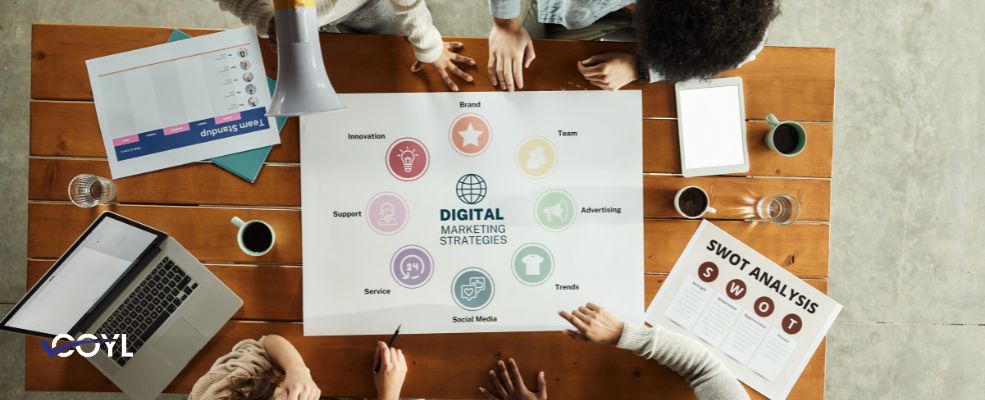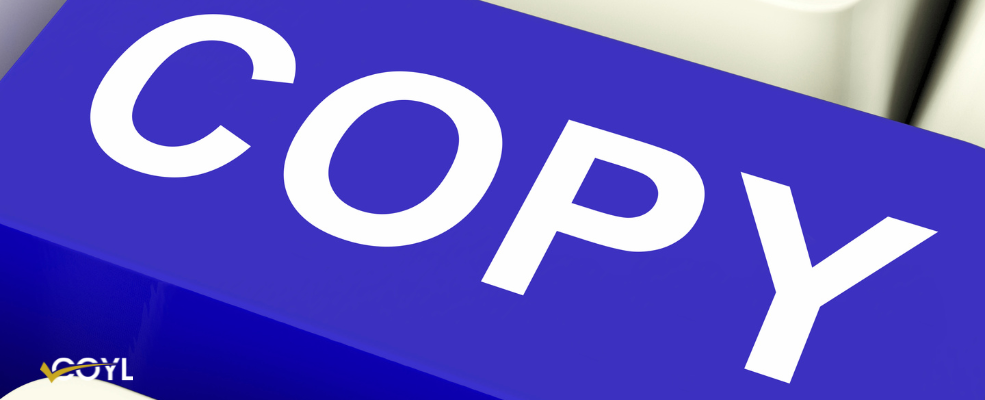Relationship marketing is the key to creating lasting connections with your audience. Instead of chasing customers down a one-way street with the traditional marketing funnel, the Figure-8 Funnel captures leads and fosters ongoing engagement, ensuring customers keep coming back for more. Using the Figure-8 Funnel as a powerful relationship marketing tool, you can transform first-time buyers into lifelong fans who are truly invested in your brand.
What is Relationship Marketing?
Relationship marketing builds strong customer connections by providing consistent value and creating meaningful interactions, not only through their initial purchase but also through strategic upselling and regular check-ins.
Imagine cultivating a community of loyal customers who enthusiastically share their positive experiences with your products or services. This scenario is not just a dream; it’s achievable and incredibly valuable for your business. Understanding the benefits of fostering such relationships is crucial for sustained success. Let’s explore some key advantages of building a dedicated customer base.
- Customer Loyalty: Customers are more likely to stick around when they feel valued.
- Increased Retention: Loyal customers are easier and cheaper to retain than acquiring new ones.
- Word-of-Mouth Marketing: Satisfied customers naturally become brand advocates.
Loyalty programs, personalized emails, and social media interactions can be powerful tools in your relationship marketing arsenal. Regular communication and showing genuine interest in your customers’ needs will keep them engaged and coming back for more.
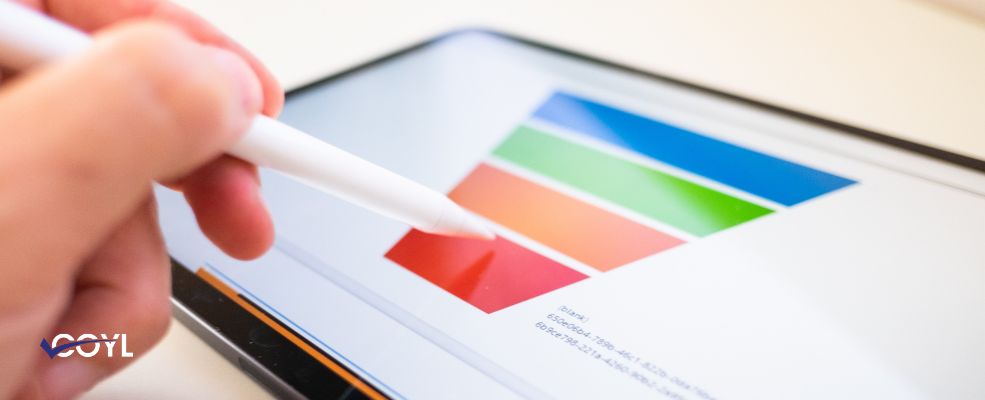
Traditional Marketing Funnel Overview
The traditional marketing funnel is a key concept that maps out a customer’s journey from discovering your brand to purchasing. Here’s a quick breakdown of the stages:
- Awareness: This is where potential customers first learn about your brand through ads, social media, word-of-mouth, or search engines. Building awareness is essential for future engagement.
- Consideration: Once people know about you, they start comparing your product or service to their needs. They may read reviews and check out alternatives, so clear communication and engaging content are important here.
- Purchase: After evaluating their options, customers decide to buy. This step is crucial because it shows how well your marketing and customer experience work together. A smooth purchasing process enhances satisfaction and boosts conversions.
- Loyalty: After the sale, the focus shifts to building loyalty. This means encouraging repeat business and getting customers to advocate for your brand. Excellent customer service, follow-ups, and loyalty programs can help foster trust and keep customers returning.
Limitations of the Traditional Funnel
Even though the traditional funnel is popular, it has some major downsides:
- One-Way Street: It mainly focuses on turning leads into customers but often ignores the need to nurture relationships after the sale. Keeping customers engaged post-purchase is key to building loyalty and turning them into brand advocates who can bring in new leads through word-of-mouth.
- No Feedback Loop: Without a way to gather and analyze customer feedback, businesses miss out on improving their products and services. Customer insights are vital for understanding needs and preferences, so establishing a feedback loop helps to adapt and enhance satisfaction over time.
- Short-Term Focus: Chasing quick sales can lead to a transactional mindset, risking high churn rates because customers don’t feel valued after their initial purchase. By focusing on long-term relationships, businesses encourage repeat purchases and build a loyal customer base that can weather changing market conditions.
What is the Figure-8 Funnel?
The Figure-8 Funnel is an innovative model that emphasizes continuous engagement with customers. Unlike the traditional funnel, it’s not a one-way street but a continuous cycle that keeps customers engaged at every stage of their relationship with your brand.
Picture an infinity loop or the number 8 laid horizontally. One loop represents acquiring new customers, and the other symbolizes retaining and nurturing existing ones. Transactions happen at the crossover point, but the loop ensures ongoing interaction and engagement.
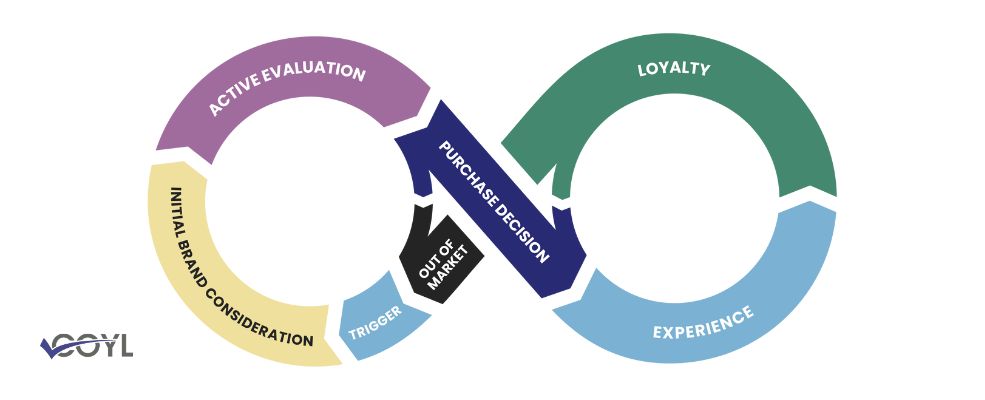
Key Differences Between the Figure-8 Funnel and Traditional Funnel
While the traditional funnel focuses on the short-term goal of making a sale, the Figure-8 Funnel emphasizes the entire customer lifecycle. This means engaging with customers before, during, and after their purchase.
The Figure-8 Funnel encourages constant interaction. This cyclical model allows you to gather feedback and quickly adapt to customer needs. It’s like having a conversation where both parties continuously learn from each other.
The Figure-8 Funnel is dynamic and adaptable. Whether market trends shift or customer needs evolve, this model allows your marketing strategy to be flexible and responsive.
Figure-8 Funnel Benefits for Small Business Owners
The Figure-8 Funnel elevates the customer experience by prioritizing continuous engagement and relationship building. This approach is akin to having a dedicated concierge service tailored to each customer, ensuring every interaction feels personalized and meaningful.
Businesses can foster a deeper connection with their clients by consistently reaching out and maintaining communication. This enhances customer satisfaction and cultivates loyalty, as customers feel valued and understood.
In a world where options are plentiful, providing a unique and attentive experience can set a brand apart, making customers more likely to return and recommend your services to others.
Improved Retention and Upselling Opportunities
Interaction with customers on an ongoing basis creates a wealth of opportunities for upselling and cross-selling. Businesses can develop a more nuanced understanding of their audience by staying in touch and continuously gathering insights about customer preferences and behaviors.
This knowledge allows them to offer tailored products or services that align closely with customer needs and desires. For instance, if a customer frequently purchases running gear, personalized recommendations for complementary products, like nutrition supplements or fitness tracking devices, can significantly increase sales.
This strategic approach boosts revenue and enhances customer retention, as clients are more likely to remain loyal to a brand that consistently meets and anticipates their needs.
Case Study: Enhancing Client Relationships to Launch New Services at COYL
Background:
COYL has consistently prioritized relationship marketing to strengthen its ties with past and current clients. This strategic focus has ensured client loyalty and paved the way for seamless introductions of new offerings, such as our latest service—a cost-effective social media management package.
Challenge:
While COYL excelled in delivering exceptional support services, the challenge lay in maintaining engagement with clients after initial service delivery. Ensuring clients were informed and receptive to new offerings required a proactive and personalized approach to relationship management.
Strategies Implemented:
- COYL implemented a personalized communication strategy, utilizing CRM tools to segment clients based on their service history and preferences. Tailored emails and messages were sent regularly, highlighting relevant updates, success stories, and industry insights. This approach ensured clients felt valued and informed about COYL’s evolving capabilities.
- Scheduled quarterly updates were introduced to engage clients actively. These updates included newsletters, webinars, and one-on-one consultations, offering insights into industry trends and COYL’s new services. By providing valuable content, COYL maintained top-of-mind awareness among its client base.
Outcome:
These relationship marketing strategies successfully kept COYL’s clients engaged and informed, resulting in a high conversion rate for the new social media management service.
Conclusion:
COYL’s commitment to relationship marketing has proven instrumental in nurturing long-term client relationships and facilitating the introduction of new services. By personalizing communication, maintaining regular engagement, and rewarding loyalty, COYL continues to strengthen its market presence and client satisfaction.
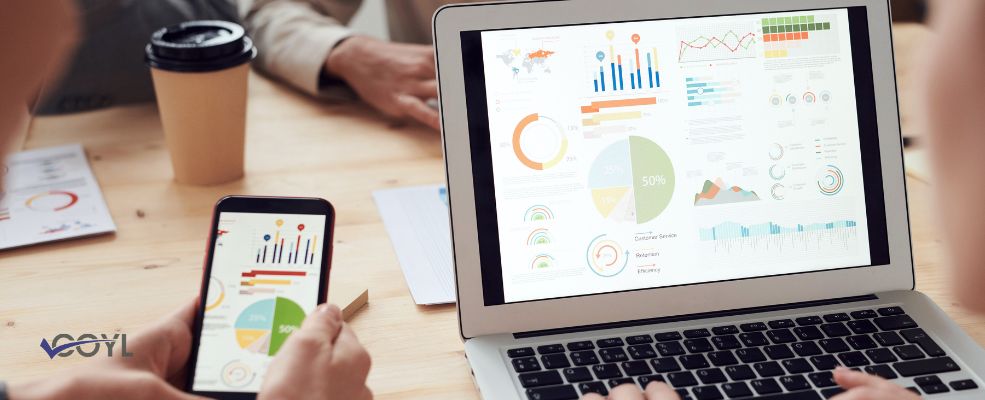
Strategies for Implementing Relationship Marketing with the Figure-8 Funnel
Practical Tips for Integration
Integrating new strategies into your business can feel daunting, especially with complex models like the Figure-8 Funnel. But with the right team and mindset, you can tackle it confidently! Here are some easy tips to help you implement this framework smoothly:
- Personalization: Use customer data to create tailored marketing messages. This makes your content resonate better, boosting engagement and brand loyalty.
- Regular Communication: Keep talking to your audience! Use emails, social media, and newsletters to share updates about products and promotions. This keeps your brand top-of-mind and encourages interaction.
- Feedback Mechanisms: Ask for customer feedback through surveys and social listening. This helps you improve your products and shows customers that their opinions matter, building trust and loyalty.
Recommended Tools and Resources
Managing relationships effectively can be easier with the right tools. Here are some must-haves:
- CRM Software: Use tools like HubSpot or Salesforce to keep track of customer interactions and data all in one place.
- Email Marketing Platforms: Mailchimp and Constant Contact help you create targeted email campaigns, design eye-catching emails, and automate your marketing efforts.
- Social Media Management Tools: Hootsuite and Buffer make it easy to handle multiple social media accounts, schedule posts, and engage with your audience from one dashboard.
Using Customer Feedback for Improvement
Customer feedback is a goldmine for improving your business. Regularly surveying your customers gives you insights into what’s working and what’s not. Use this information to refine your products, services, and marketing.
Try using online surveys, focus groups, and social media to gather feedback effectively. Make it easy for customers to share their thoughts by encouraging open conversations.
After collecting feedback, look for trends and common themes to identify areas needing attention, like product tweaks or customer service improvements.
Don’t forget to share the changes you make based on their input. This shows customers you value their opinions and helps build loyalty. Listening to your customers strengthens your relationship with them, leading to repeat business and positive referrals.
Incorporating customer feedback is a smart move that shows your commitment to excellence in a changing market.
Conclusion
The Figure-8 Funnel provides a framework for continuous engagement, ensuring that customers remain loyal advocates for your brand. This approach allows small business owners to foster stronger customer connections, improve retention, and create upselling opportunities.
Would you be ready to take your marketing strategy to the next level? Explore how our expertise can guide you in adopting a relationship-focused approach with the Figure-8 Funnel. Let’s work together to elevate your marketing game! Get started HERE!


